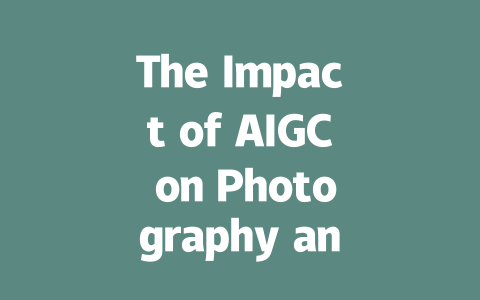
Artificial Intelligence Generated Content (AIGC) is revolutionizing various industries, and photography and art education are no exceptions. As technology continues to evolve, educators and students in these fields must adapt to the new capabilities and possibilities presented by AIGC. This article explores the multifaceted effects of AIGC on photography and art education, focusing on its applications, benefits, challenges, and the future landscape of these disciplines.
Understanding AIGC in Photography and Art
AIGC refers to the use of artificial intelligence to create content, ranging from images to fully-fledged artworks. In photography, tools such as AI-enhanced editing software and generative design programs have begun to augment traditional skills. Similarly, in art education, platforms that utilize AI to assist in design and creative processes are gaining traction.
These advancements allow students and photographers to experiment with new techniques, styles, and forms of expression that were previously unimaginable. By leveraging AIGC tools, artists can push their creative boundaries, blending technology with human imagination to produce innovative works.
Enhancing Creativity and Learning
One of the primary benefits of AIGC in education is its role in fostering creativity. Students can use AI-driven tools to explore different artistic styles, rapidly prototype ideas, and receive instant feedback on their work. For instance, platforms allowing real-time adjustments and alterations can help students learn from their mistakes and refine their skills more efficiently.
Moreover, AIGC can serve as an educational supplement, providing resources that help elucidate complex concepts. Visualizing artistic techniques or historical movements becomes easier with AI, enabling a richer learning experience that caters to diverse learning styles.
Overcoming Limitations and Challenges
Despite the advantages, the integration of AIGC into photography and art education does not come without challenges. Concerns regarding originality and the diminishing role of the artist have arisen, as some fear that reliance on AI-generated content may dilute individual creativity and artistic expression.
Additionally, educators must grapple with the ethical implications of using AI-generated art, such as issues surrounding copyright, ownership, and the value of human-created art. As AIGC technology continues to advance, these discussions become increasingly vital to ensure that students appreciate the significance of their creative contributions within a highly automated landscape.
Redefining the Role of Educators
The advent of AIGC in photography and art education is prompting a re-evaluation of the role of educators. Instructors must adapt their teaching methodologies to incorporate AIGC tools effectively while also guiding students in understanding the balance between human creativity and technological assistance.
Educators can lead discussions on the role of AI in art, encouraging critical thinking and ethical considerations. By creating an environment where students can explore AIGC technologies while still developing their unique voices, teachers empower the next generation of artists to become adept in both traditional and digital mediums.
The Future of Photography and Art Education
As AIGC continues to shape the landscape of photography and art education, curiosity and innovation will drive the future. The industry will likely see more collaborations between technologists and artists, leading to new forms and expressions of creativity that blend human insight with machine capabilities.
Moreover, the educational frameworks surrounding these disciplines may evolve to include courses dedicated to understanding and utilizing AIGC tools effectively, ensuring that students are prepared for the changing nature of their fields.
Conclusion
The impact of AIGC on photography and art education is profound and transformative. As students and educators embrace these technologies, they open new avenues for creativity while also facing important questions about originality, ethics, and the future of artistic expression. By navigating these challenges thoughtfully, the educational community can harness the potential of AIGC to enrich the next generation of artists and photographers, ensuring that human creativity remains at the forefront of this technological revolution.

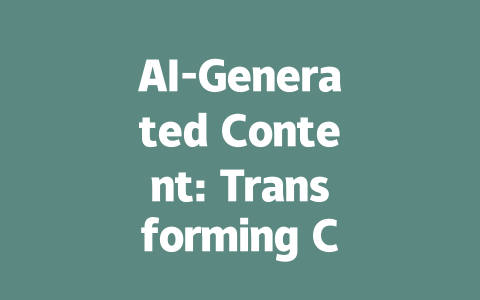





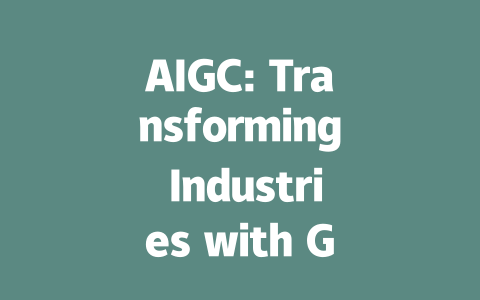
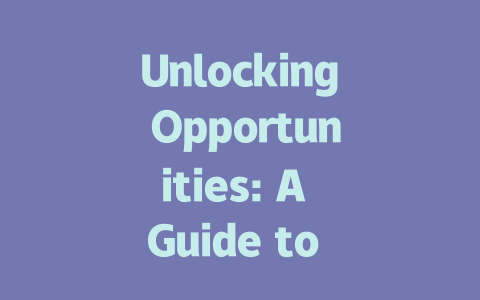
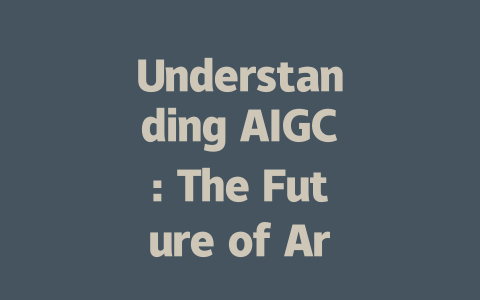
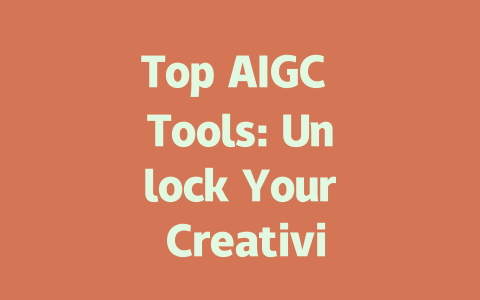
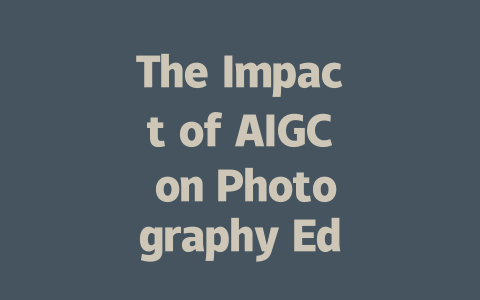

暫無評論內容